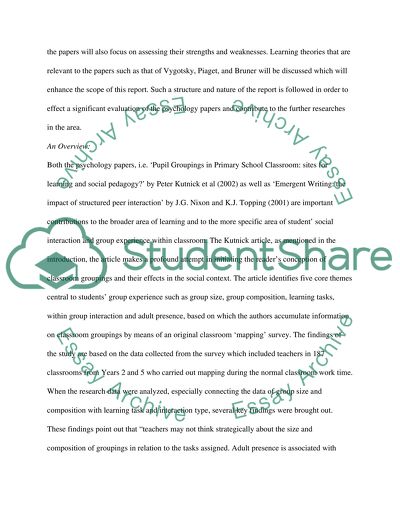Cite this document
(“Learning in the Classroom Book Report/Review Example | Topics and Well Written Essays - 1500 words”, n.d.)
Retrieved from https://studentshare.org/psychology/1516237-learning-in-the-classroom
Retrieved from https://studentshare.org/psychology/1516237-learning-in-the-classroom
(Learning in the Classroom Book Report/Review Example | Topics and Well Written Essays - 1500 Words)
https://studentshare.org/psychology/1516237-learning-in-the-classroom.
https://studentshare.org/psychology/1516237-learning-in-the-classroom.
“Learning in the Classroom Book Report/Review Example | Topics and Well Written Essays - 1500 Words”, n.d. https://studentshare.org/psychology/1516237-learning-in-the-classroom.


